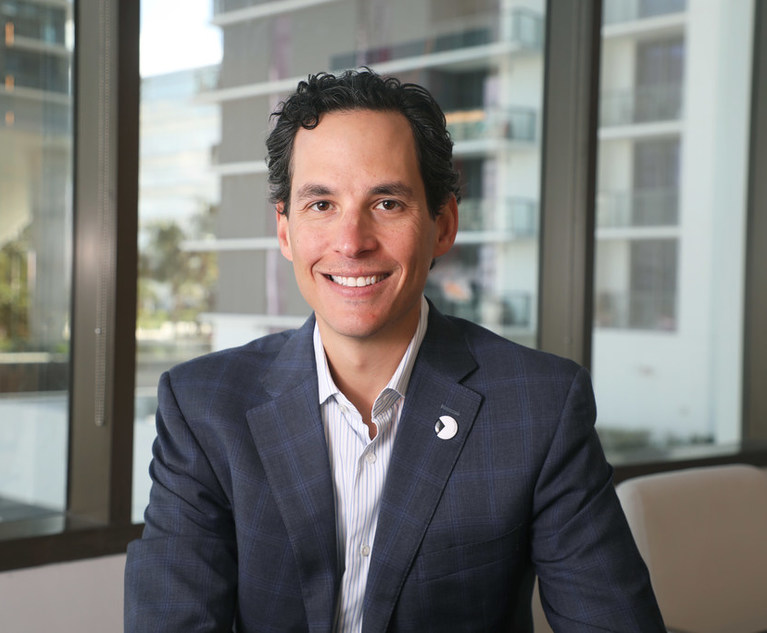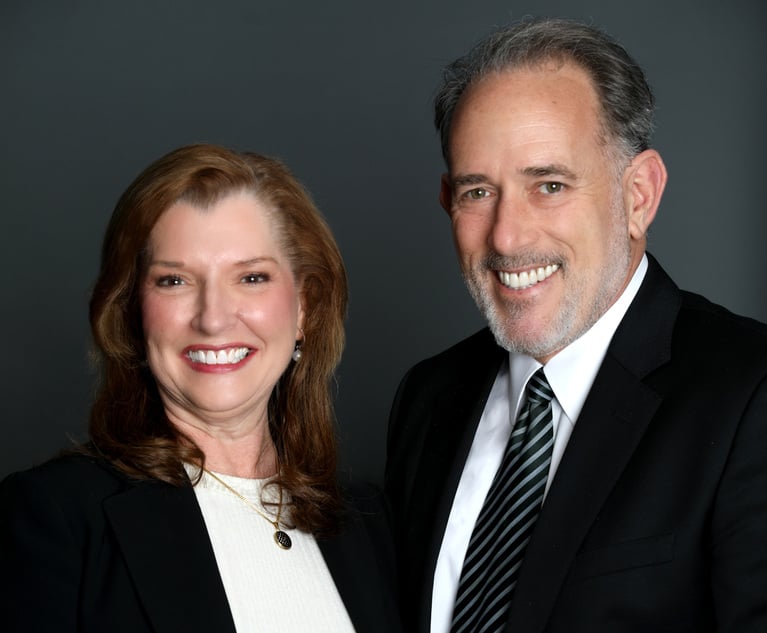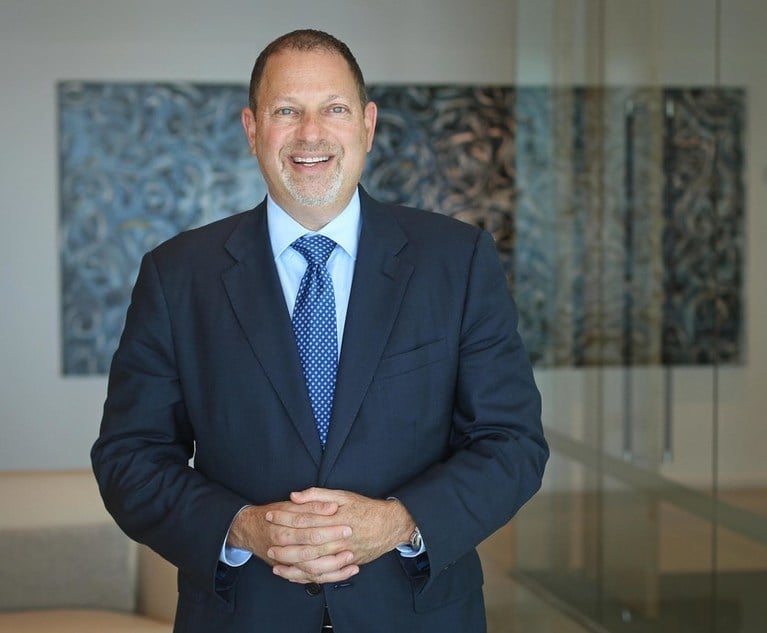When I first moved to Miami from New York in the Before Times (2005), I started my job at the federal courthouse in downtown Miami and, on my first day of work, realized that I had never been to downtown Miami before. I imagined that downtown Miami looked something like midtown New York: tall office buildings, bustling streets, maybe a Starbucks. I had seen enough of Miami on television to know that there were tall buildings somewhere. But when I left my office looking for something as simple as a cold brew coffee and a turkey sandwich, I was instead met with stores offering me more rolling luggage and gently used batteries than I could ever ask for.
In the past 15 years, South Florida has become more palatable for recent domestic transplants. Neighborhoods that had previously been perceived as off-limits for out-of-towners now boast some of the best restaurants, arts and nightlife in the city. A few months ago, the Financial Times opined that Miami is now the “most important city in America.” But not “because Miami stopped being a frivolous, regulation-free, climate-doomed tax haven dominated by hot microcelebrities. It became the most important city in America because the country became a frivolous, regulation-free, climate-doomed tax haven dominated by hot microcelebrities.”


 Mark Migdal & Hayden partner Etan Mark.
Mark Migdal & Hayden partner Etan Mark.




